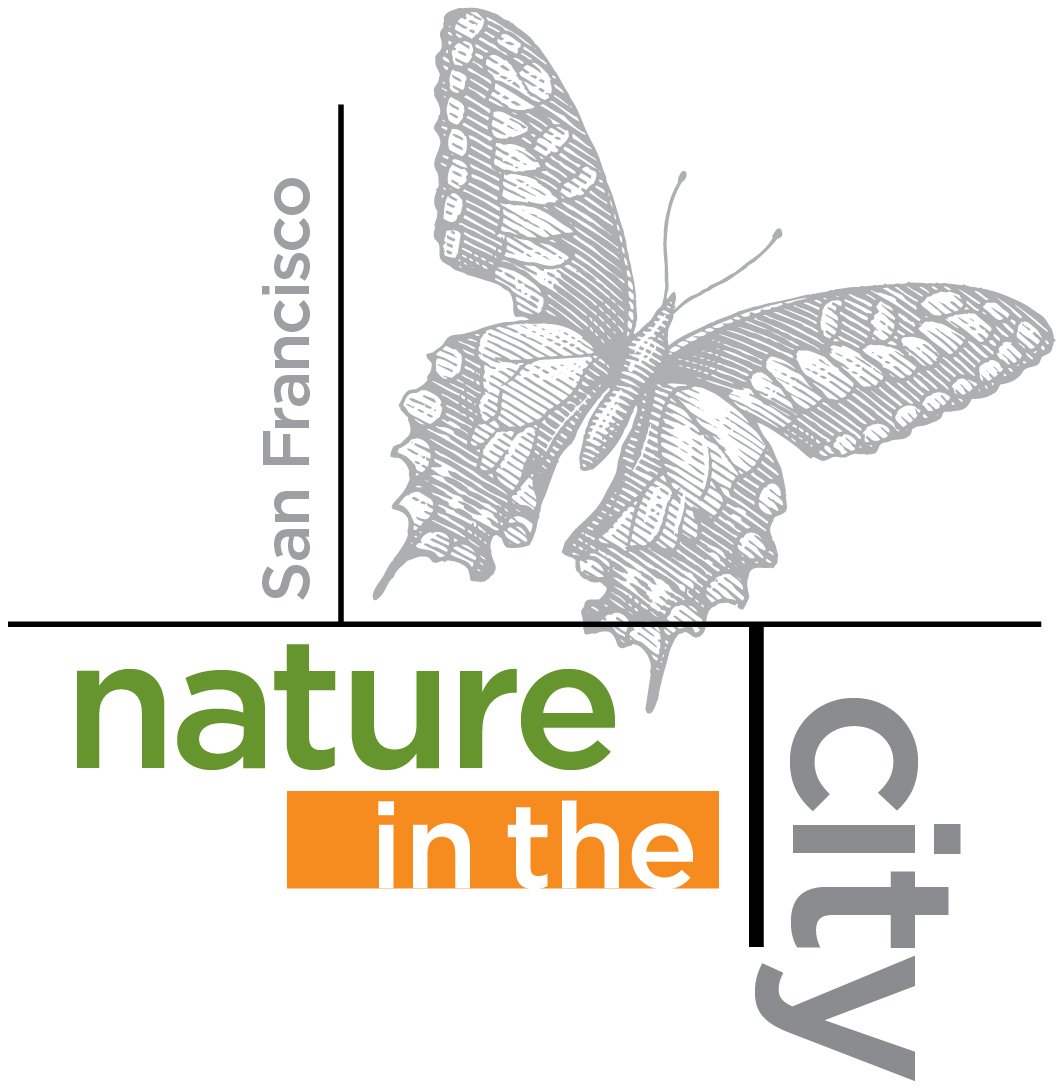Nature in the City’s 15th Anniversary: A Time for Reflection and Change
“In every walk with nature, one receives far more than he seeks” - John Muir
On April 30, 2020, Nature in the City turned 15. Amidst the chaos and uncertainty ushered in by the pandemic, the occasion came and went with few noticing. But it’s worth commemorating, and using this occasion to take stock of our organization and where we’ve come over this decade and a half.
Our mission of connecting people in cities with nature has never changed, nor has our fundamental idea that remnant natural areas need to be protected, stewarded, and expanded to safeguard the diversity of life and to maintain functional ecosystems.
Over these past fifteen years, we have continually broadened our programs as we have learned how important connecting with nature is for human health -- physically, psychologically, and emotionally. Some of our current programs, such as Tigers on Market Street, are aimed at sparking delight and curiosity in city residents about the broader natural world. We promote the value of pollinator plantings and living roofs downtown to provide nectar for swallowtail butterflies, who in turn create a moment of wonder for a preoccupied worker.
Nature in the City offers its programs equally to residents who want native and habitat- supporting plants in their own front or back yards. We are excited to have folded Wild SF Gardening into our organization, which we offer as a fee-for-service program that allows us to extend our work to even more residents. “Wild SF” will serve a broad role in creating wildlife habitat in gardens across our city, and the proceeds from the service support our wider mission.
We have also deepened our commitment to social justice and to creating equitable nature experiences for all San Francisco residents. We have expanded programs in underserved neighborhoods and are broadening the diversity of our Advisory Council and staff. As one example, our project at Palou Phelps Park in the Bayview has two fundamental goals: bring awareness and care to a remnant grassland threatened with development, and provide new ways to access the site. This is especially important in these historically black neighborhoods, which are now some of the most diverse in the city, that still fall well behind in access to nearby nature.
These programs support our newly refreshed Vision and Mission statements: We envision a healthy and vibrant city where nature and people thrive together. We connect everyone in San Francisco to nature by cultivating and conserving local habitats. During this uncertain period in our nation’s history, much of this vision feels out of reach at the moment: we’ve had to give up the vibrancy, togetherness, and thriving in order to keep as many people as possible healthy.
Our lives have slowed down and contracted to a very confined sphere. This makes us appreciate even more just how much we rely on each other and how badly we need healthy, connected societies to deal with huge and overwhelming global threats. And we’re seeing how vital it is for each of us to have nature vibrant and alive in that sphere! We feel the urgency of escaping the confines of our home and getting a daily dose in our local nature.
In cities, we take our nature in any form we can get it. Nature in cities may come in strange shapes and sizes; it might look a little disheveled or discordant. It can come in the form of a pocket park, a rare remnant meadow, a living wall buzzing with bees and other pollinators. Nature is not just what we see or walk through, it is just as much a feeling; nature gives us the feeling of being part of something larger than ourselves. Engaging with nature allows our mind to both expand and to focus. We feel serene and refreshed.
This is a feeling that we are even more resolved in these times to share with everyone in San Francisco. Nature in the City’s mission is more important than ever. As we continue building our vision of a healthy and vibrant city, will you join us on our journey?
- Laura Castellini, Nature in the City Advisory Council Chair

